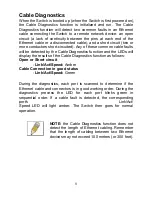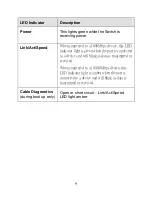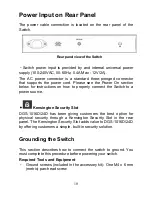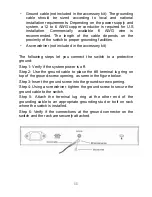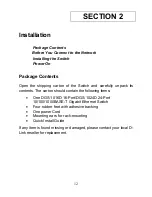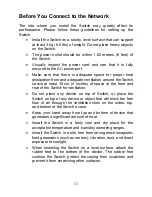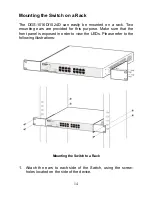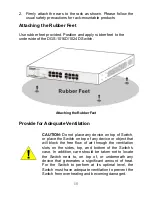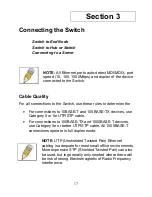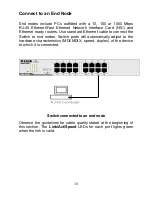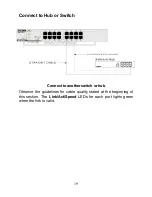
4
can a larger bandwidth be created, but other less critical traffic can
be limited, so bandwidth can be saved. The Switch has separate
hardware queues on every physical port to which packets from
various applications are mapped to and assigned a priority. The
illustration below shows how 802.1P priority queuing is
implemented on the Switch. The eight IEEE 802.1P priority levels
defined by the standard are mapped to the four class queues used
in the Switch.
Mapping QoS on the Switch
The picture above shows the default priority setting for the Switch.
Class-3 has the highest priority of the four priority queues on the
Switch. In order to implement QoS, the user is required to instruct
the Switch to examine the header of a packet to see if it has the
proper identifying tag tagged. Then the user may forward these
tagged packets to designated queues on the Switch where they will
be emptied, based on priority.
"The DUT support strict mode for 802.1p QoS. The untagged pkt
will follow the priority 0 to work (i.e. class 1)."
Understanding QoS
The Switch has four priority queues. These priority queues are
labeled as 3, the high queue to 0, the lowest queue. The eight
priority tags, specified in IEEE 802.1p are mapped to the Switch's
priority tags as follows:
•
Priority 0 is assigned to the Switch's Q1 queue.
Summary of Contents for DGS-1016D - Switch
Page 16: ...7 LED Indicators ...

















